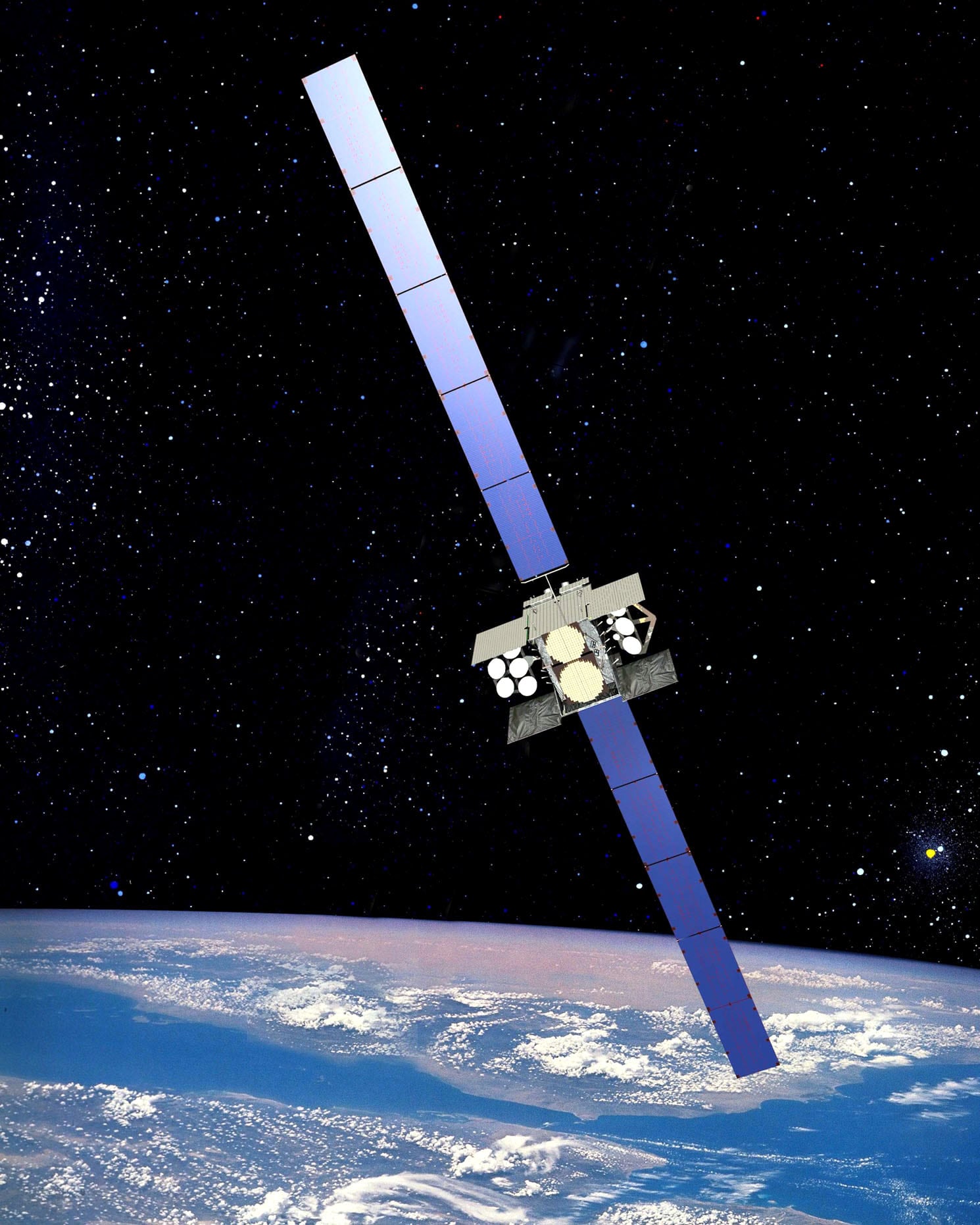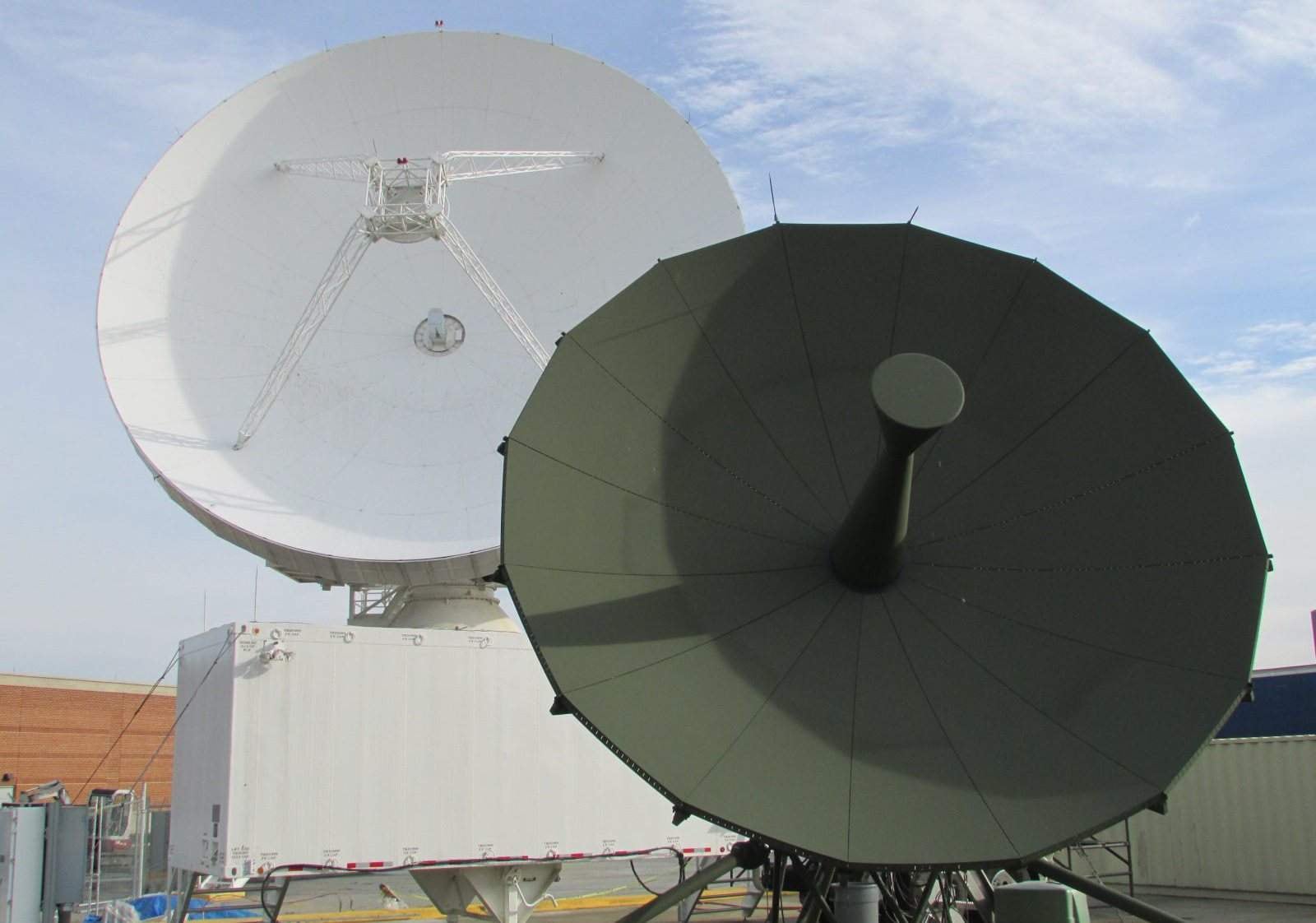Despite the fact that the U.S. Department of Defense is one of the biggest markets and users of commercial satellite capabilities, it can often be a demanding customer.
One of the biggest gripes of the commercial providers is that requirements for the military continue to change, Sherin Kamal, chief scientist / engineer at SAIC, said at the annual Satellite 2018 conference in Washington March 12.
These requirements are fluid and the military typically doesn’t know in advance where, when, how much or what frequency it needs, which is troublesome for a commercial satellite operator that needs time and money to invest in the proper infrastructure.
“If I want to rent my apartment I’d like to rent it for five years … now I’ve got this demand that’s shifting and moving based on geopolitical needs, based on urgency,” Kamal analogized.
However, despite this criticism from many in the commercial satellite world, Kamal said those complaining need to move past their gripes because the military is never going to be able to accurately project requirements due to the nature of combat..
Instead, he suggested DoD step back and try to estimate its needs for satellite capability and determine how to best maximize agility and resilience.
With all of the satellites the Department of Defense owns, both the Pentagon and military operators should approach the issue, not from a perspective of military requirements vs. commercial requirements, but by asking what are the joint requirements. Commercial operators should abandon the position of capacity pricing and work closer with the Pentagon to develop more innovative satellite architectures that allow DoD to access capacity anywhere at any frequency, at any time.
Kamal also outlined cyber as a critical challenge for the department moving forward. The satellite platforms themselves orbiting above earth and the ground stations that control them could be susceptible to cyber attack.

Francois Carraud, system chief engineer at Thales Alenia Space during the same conference outlined how his organization has identified three security domains where cybersecurity can be applied in the context of high-throughput satellites. They include:
• the platform domain, which needs to be protected and encompasses the satellite control center uplink stations and onboard software,
• the payload domain, which encompasses payload application software, among others, and
• the user domain, which encompasses user terminals, gateways and network management tools
These domains are segmented as a way to increase resilience and security. By segregating them, an attack from the user segment, for example, would be detected and will be removed before it moves to other links in the chain that control the satellite.
Mark Pomerleau is a reporter for C4ISRNET, covering information warfare and cyberspace.








